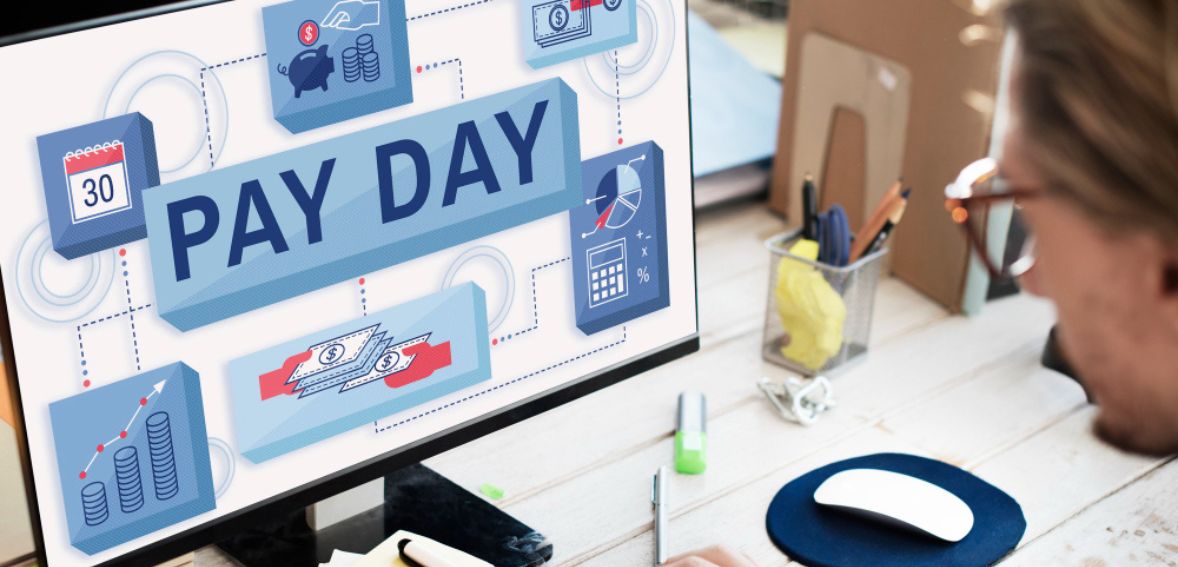
By free-processing August 28, 2025
Recurring billing is an easy method of taking payments automatically without frustrating customers. Whether you are a streaming service, SaaS provider, or membership program.
With adequate tools and transparent policies, you can prevent billing problems, lower cancellations, and keep your customers happy while having a consistent revenue stream for your business.
Are Recurring Payments the Same as Subscriptions?

Recurring payments and subscription fees may sound similar, but are slightly different. With recurring payments, the customer pays a set amount on a repeat basis, typically monthly. In exchange, they maintain access to a service or product they have selected.
For instance gym membership or streaming services like Netflix or Spotify, where the fee is the same each month.Subscription billing, however, is more dynamic.
Consumers still pay on a regular basis, but the amount may vary based on usage or plan.
Types of Recurring Billing Models

Recurring billing tends to fall under three primary types
- Fixed
- Variable
- Tiered
First is the fixed recurring billing which involves the customer paying the same amount each time during the billing cycle. It suits products with a constant rate, such as streaming services or SaaS offerings.
On the other hand variable recurring billing fluctuates from one month to another, depending on usage. For instance utility bills or cloud storage services, typically charge customers according to how much services they consume.
Lastly tiered recurring billing provides fixed packages at various price points. Clients have the option to take a plan that suits their needs, such as basic, standard, or premium levels.
Why Subscription Payment Is So Popular

Subscription payments have numerous advantages for both businesses and customers. For companies, they provide a consistent flow of revenue that makes it easier to budget and invest in expansion.
Subscriptions also retain customers, as individuals who subscribe are more likely to remain on board than those who make a single purchase.
With repeated engagements, companies also get valuable information that can help in marketing and product development.
For customers, subscription payment options become more cost-effective by breaking up big expenses into manageable chunks. They even bring convenience by reducing the hassle of making daily payments manually.
What Business Types are Suited for Subscription Models?

The subscription model is applied across various industries as it provides constant revenue for companies and ease of use for consumers. For instance, software firms utilize it by providing premium subscriptions with extra features, increased storage space, or constant support.
Firms, like a soap-making company, can send out monthly boxes rather than selling each item separately. Membership groups, including research periodicals, can offer annual access to all of their reports.
Even fitness and health apps utilize a subscription model to give tailored advice and training. Any company that can provide value on a frequent basis can use this model.
How to Choose the Best Subscription Payment Method for Your Business

Selecting the best subscription payment option is a significant decision for any company. Your choice should make it easy for your consumers as well as help you in attaining your long-term objectives. Begin by considering your business type. Different industries prefer different payment modes.
For instance, SaaS businesses tend to favor credit card payments, whereas online retailers may favor both credit cards and PayPal. Don’t forget to consider your customers’ preferences.
Some individuals prefer making use of digital wallets, whereas others prefer the conventional methods, such as debit or credit cards.It’s also a good idea to compare payment gateways.
Examine their features, rates, and ease of integration with your system. Some gateways even include tools that make subscription management a whole lot simpler.
Don’t overlook security and compliance—your payment method should adhere to industry standards and keep sensitive customer data secure.
How to Set Up a Subscription Payment System
Here’s how you can set up a subscription payment:
1. Decide What You’ll Offer
Consider what will be best to offer on a subscription basis. It may be digital content, software, services, or even product goods. You can also make multiple plans or levels, so customers can pick what is most suitable for them and their budget.
2. Choose the Right Payment Gateway
Select a payment gateway that offers recurring billing and integrates easily with your site or application. Find one that is secure, trustworthy, and simple to implement, so customers can subscribe without a hitch.
3. Create Subscription Management Tools
Empower your customers by letting them manage their subscriptions. A basic dashboard where they can upgrade, downgrade, or cancel makes the process more transparent and reliable.
4. Determine Prices and Billing Cycles
Determine how much you’ll charge for every plan along with its duration. Billing monthly and yearly is most popular, but you can experiment with various alternatives to find what is best for your customer.
5. Automate Billing
Automation saves time and prevents missed payments. After configuration, customers are billed automatically on time, and you don’t have to pay attention to manual tracking.
6. Prioritize Security
Keep customer data safe. Employ robust encryption, comply with payments industry standards, and ensure compliance with regulations such as PCI DSS or GDPR, depending on where you operate.
7. Provide Good Customer Support
No technology is flawless, so customers need to be aware of who to contact in case of an issue. Providing responsive support—whether through chat, email, or phone— keeps subscribers smiling and builds confidence.
Challenges of Running a Subscription Service
Once you have established the base of loyal subscribers, the next thing to do is to scale your business. However, scaling a subscription service also has its own challenges.
Processing payments for a small number of customers is easy, but when you have thousands, there are more problems like expired cards, declined charges, or disputes. You’ll need robust systems to handle this smoothly. When you expand, it becomes increasingly difficult to give every customer individual attention.
Automation will assist, but it will be less personal. International expansion adds even greater complexity, as you’ll have to deal with different currencies, forms of payment, and tax regulations.
Additionally, customers will want more options for plans—some while requesting high-end services, while others will want lower-cost alternatives.
Providing these variations can get you a larger number of customers, but it will complicate the billing, support, and marketing.
What Is “Negative-Option” Billing?
Negative-option billing is a form of recurring payment where consumers are automatically billed until they cancel the plan. In this model, a person would sign up for a free trial, and when the trial period is over, the charges begin unless they manually choose to cancel it.
A lot of people do not read the agreement first, which results in unexpected charges. Due to the increased likelihood of disputes and chargebacks, payment processors tend to view such companies as high-risk.
Software Solutions to Handle Recurring Billing
Selecting the ideal software to manage recurring billing is the second major step in setting up your support subscription system. Subscription billing software is designed to simplify things for you by generating specific invoices and handling all aspects of the billing cycle on your behalf.There are numerous solutions to choose from.
You may consider cloud-based solutions, on-premise software, or even open-source software. There are some software that are easy to use and not technically complicated, which makes them well suited for small businesses that need quick configuration and simple features.
Larger businesses might opt for advanced platforms with comprehensive analytics, integrations, and automation features.
Such solutions tend to provide you with a combination of automation and manual management, so you can tailor the system to your business requirements.
Quick Tips & Best Practices for Recurring Billing
To lower the chargeback risks of recurring billing, the best starting point is to be transparent from the beginning. Ensure your initial receipt clearly indicates that it’s a “recurring transaction,” clearing stating the payment schedule, and the duration of the payment plan.
Always make sure the cancellation process is simple. Process cancellation requests promptly, and include expiration dates when you send authorization requests.
Make all recurring payments readily identifiable, and give customers at least 10 days’ notice if any charges or terms of service are altered. Provide customers with the ability to cancel in case they disagree with the new terms.
Apart from that, maintain your business PCI-DSS compliant to safeguard payment information.Next ensures to stay in touch with customers through regular communication, so you can stay connected with your brand and feel confident to continue long term relations.
Finally, make sure your policies and contact information are easy to find on your website, emails, receipts, and anywhere else your customers might look. This builds trust and reduces disputes.
Conclusion
Recurring billing is a great tool for expanding your business, but only if it is done correctly. With the correct billing model, the right software, and clear payment terms, you can establish a seamless process for you and your customers alike.
If properly utilized, it can generate trust, reduce payment difficulties, and help you in gaining long-term, loyal clients and a steady stream of revenue.
FAQs
What is recurring billing?
Recurring billing is when customers automatically get charged on a fixed schedule, such as monthly or annually.
How is it different from one-time payments?
In contrast to one-time payments, some recurring billing runs the plan until the customer manually cancels it.
Which businesses use recurring billing?
It’s prevalent in gyms, streaming services, SaaS companies, and subscription boxes etc.
Is recurring billing safe?
Yes, if businesses comply with PCI-DSS standards and utilize secure payment gateways.
Can customers cancel the plan any time?
Yes, the majority of businesses facilitate easy cancellations to prevent disputes and chargebacks.